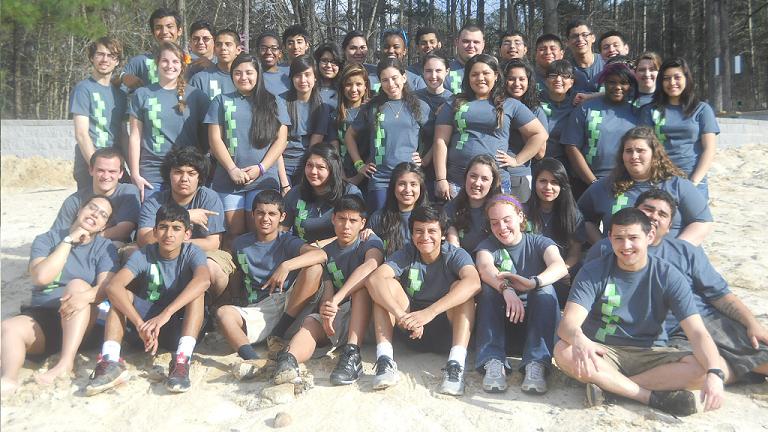First Reading: Acts 10:34, 37-43
Responsorial Psalm: Psalms 118:1-2, 16-17, 22-23
Second Reading: Colossians 3:1-4, or First Corinthians 5:6-8
Gospel: John 20:1-9
Reflection Questions
1. Describe, as best can, the emotions that went through Sts. Mary of Magdala, Peter and "the other disciple" as they witnessed and explored the empty tomb.
2. List the physical evidence in this passage for the Resurrection. Why do you think St. John included this evidence? What arguments was he trying to defend?
Gospel Reflection
This Sunday’s Gospel only makes sense when we read it in light of Christ’s Passion - and our inevitable date with death. Of all the bold claims that have ever been made about a person, none comes close to the claim that Christians make about Jesus: In His Resurrection, Jesus Christ has defeated death! How is it that you and I can make such a claim, and make it with certainty? Our claim is made beginning with the testimony of a woman. St. Matthew’s Resurrection account starts with Mary of Magdala (St. Mary Magdalene to you and me) viewing the stone removed away from the tomb. Because the stone was so large and heavy, it must have been a shock for her to see it moved: Who would have moved it and why? Imagine what she felt as she began to run back to the Apostles: She must have been horrified. St. Mary was probably panicking, thinking that someone had stolen Jesus’ body. St. John makes a deliberate point to tell us that it was Mary of Magdala, a woman, who was first to see the empty tomb. In Jesus’ day, a woman’s testimony was of no value in a court of law. So why would St. John say that St. Mary was the first to arrive on the scene of the empty tomb? It was only because St. John was unafraid to use St. Mary Magdalene’s testimony that he includes it, and the only reason that he was unafraid to use her testimony is because the event of Christ’s Resurrection was real. Had St. John been fabricating the story, he certainly would not have used the testimony of a woman as the foundational witness of the event. St. Mary went to St. Peter and told him the news. St. Peter and “the other disciple” (traditionally understood as St. John) raced to the tomb to get a first-hand view of the scene. Perhaps showing his sense of humor, St. John is quick to point out on two occasions in this passage that he ran faster than good old St. Pete. This humor is only surrounding the most important event in history: The Resurrection of Jesus Christ. The purpose of this passage is to present the historical reality of the Resurrection: Note the way St. John describes the scene. He wants us to understand that something supernatural and real has happened. His account in this passage is giving us the preliminary evidence behind this incredible event. The tomb is empty, and the burial cloths are neatly folded. Why would someone who tried to steal the body wrap the burial cloths so nicely? (And if the burial cloths are in the tomb – what’s Jesus wearing now?) And while the evidence for the Resurrection was present, St. Peter and St. John did not yet understand that Jesus had to rise from the dead. Are you convinced that the Resurrection is real? Do you live your life on a daily basis with the firm conviction that Jesus has conquered death? The Resurrection, and the proof for it, are given to us to have full confidence in Jesus Christ, His life, His teachings and His promise of eternal life to us. Let us pray that we can completely give our lives over to Jesus with total abandonment, all for the sake of drawing closer to Our loving Lord and Saviour, the risen Jesus Christ.

No comments:
Post a Comment